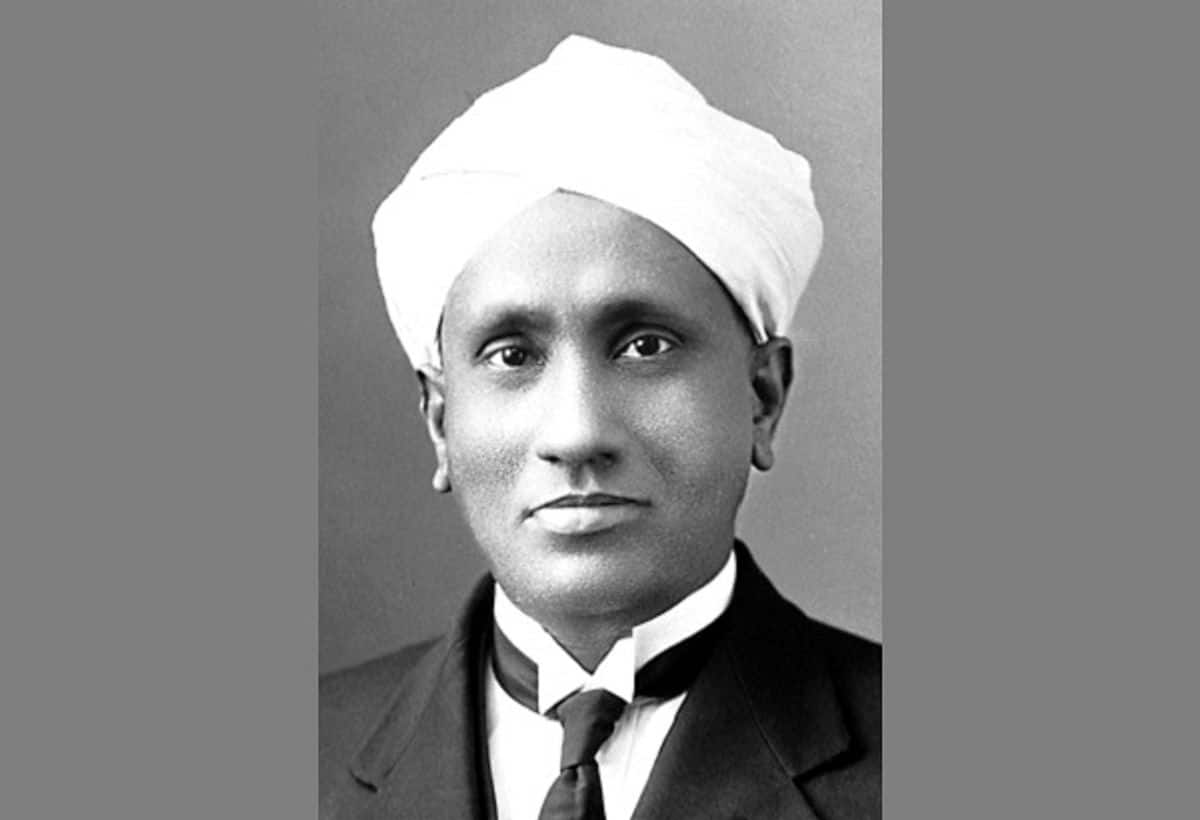National Science Day is celebrated every year on 28 February. It is an important milestone in the field of Indian science and research. The day is dedicated to Indian scientist Sir Chandrashekhar Venkataraman’s great discovery, Raman effect. The aim of this day is to spread awareness about science and promote scientific outlook in society. Since 1986, this day is celebrated as National Science Day all over India. On this day, programs like essay writing and speech competitions are organized in schools and educational institutions to encourage students towards science.
This year, the Department of Science and Technology, Government of India has kept the theme of National Science Day 2025 “to empower Indian youth for global leadership in science and innovation for India”. Dr. CV Raman’s contribution to the field of science is still remembered. His journey from a small village to the Nobel Prize and Bharat Ratna is inspiring. From the spread of light to X-rays and sea colors, Raman played an important role in realizing India’s dream of becoming a leader in science and technology.
Know why you celebrate Science Day on 28 February
Sir CV Raman’s birthday is 7 November. In such a situation, the question arises as to why National Science Day is celebrated on 28 February. It is said that on 28 February 1928, Chandrashekhar Venkat (CV) Raman announced the discovery of ‘Raman effect’. For this, he received the Nobel Prize in 1930. In 1986, the National Council for Science and Technology Communication (NCSTC) recommended the Central Government to celebrate February 28 as National Science Day. After this, this day was celebrated for the first time on 28 February 1987.
Sir CV Raman got science melody since childhood
Chandrasekhar Venkat Raman was born on 7 November 1888 in Tiruchirappalli. His father was a spokesperson of Mathematics and Physics. He provided the educational atmosphere of knowledge to CV Raman from childhood. In the year 1902, Raman enrolled in the Presidency College, Madras. From here, he earned a BA degree in Physics in 1904. His first rank was and got a gold medal. He earned an MA degree with the highest honor in 1907. During his student years, he conducted research in optics and acousics.
What is Raman Effect?
It is said that Dr. Raman was once coming to India from London. Then seeing the water of the sea blue, he created curiosity in his mind that why is this water blue? To know the answer to this curiosity, he came to India and did research. Their important discovery on changes in the rays of light after passing through transparent matter has been known as Raman effect i.e. Raman Effect.
